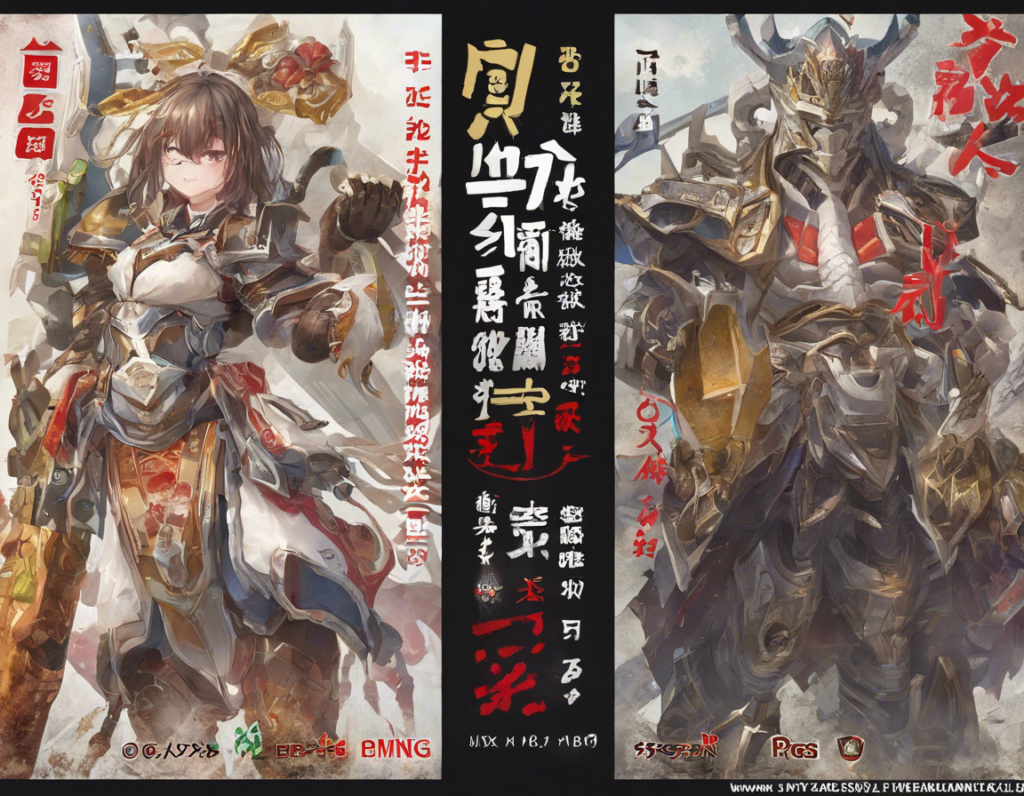Japan and Mongolia are two countries located in East Asia, each with its own unique culture, history, and geographical features. While both nations share certain similarities, they also have several distinct differences that set them apart. In this article, we will explore the key differences and similarities between Japan and Mongolia, delving into various aspects such as culture, history, economy, and geography.
Geography
Japan:
- Archipelago: Japan is an archipelago consisting of four main islands – Honshu, Hokkaido, Kyushu, and Shikoku – along with thousands of smaller islands.
- Mountainous Terrain: The country is known for its mountainous terrain, including iconic peaks such as Mount Fuji.
- Coastline: Japan has a long coastline, which has historically influenced its culture and diet, emphasizing seafood.
Mongolia:
- Landlocked Country: Mongolia is a landlocked country in East Asia, bordered by Russia to the north and China to the south.
- Nomadic Tradition: Mongolia is known for its vast steppes and nomadic culture, with traditional yurts still being used by many inhabitants.
- Gobi Desert: A significant portion of Mongolia is covered by the Gobi Desert, which forms a unique and picturesque landscape.
Culture
Japan:
- Rich Cultural Heritage: Japan has a rich cultural heritage influenced by Shintoism, Buddhism, and Confucianism, reflected in traditional arts, architecture, and festivals.
- Pop Culture: Japan is renowned for its pop culture exports, such as anime, manga, and video games, which have gained global popularity.
- Tea Ceremony: The Japanese tea ceremony, or “chanoyu,” is a traditional ritual that emphasizes harmony, respect, and tranquility.
Mongolia:
- Nomadic Lifestyle: Mongolia’s nomadic lifestyle is central to its culture, with traditions such as horsemanship and throat singing playing significant roles.
- Naadam Festival: The Naadam Festival is a major cultural event in Mongolia, featuring traditional sports such as wrestling, horse racing, and archery.
- Mongolian Cuisine: The traditional cuisine of Mongolia includes dishes such as buuz (steamed dumplings) and khuushuur (fried meat pies), reflecting the nomadic heritage of the country.
History
Japan:
- Feudal Period: Japan has a long history of feudalism, with samurai warriors playing a prominent role in society during this period.
- Isolationism: Japan practiced a policy of isolationism for centuries, known as sakoku, limiting foreign influence and trade.
- Modernization: In the late 19th and early 20th centuries, Japan underwent rapid modernization and industrialization, becoming a major global power.
Mongolia:
- Empire of Genghis Khan: Mongolia was once the center of the vast Mongol Empire established by Genghis Khan in the 13th century, which was the largest contiguous empire in history.
- Soviet Influence: In the 20th century, Mongolia came under Soviet influence and became a satellite state of the Soviet Union until the early 1990s.
- Democratic Transition: Mongolia transitioned to a democratic system in 1990, following the collapse of the Soviet Union, and has since embraced political and economic reforms.
Economy
Japan:
- High-Tech Industries: Japan is known for its advanced technology and high-tech industries, with companies like Sony, Toyota, and Panasonic leading the way.
- Aging Population: Japan faces challenges related to its aging population and declining birth rate, which have implications for labor force dynamics and social welfare.
Mongolia:
- Resource-Based Economy: Mongolia’s economy is heavily reliant on natural resources such as coal, copper, and gold, with mining being a major industry.
- Nomadic Herding: Traditional nomadic herding practices remain important to the economy, especially in rural areas, despite urbanization trends.
Politics
Japan:
- Constitutional Monarchy: Japan is a constitutional monarchy with a parliamentary system, where the emperor serves as a symbolic figurehead.
- Pacifist Constitution: Japan’s pacifist constitution, imposed after World War II, limits the country’s military capabilities and influences its foreign policy.
Mongolia:
- Parliamentary Republic: Mongolia is a parliamentary republic with a multi-party system, where the president serves as the head of state.
- Balancing Geopolitics: Mongolia pursues a policy of balancing its relations between Russia and China, its two powerful neighbors, while also maintaining ties with other countries.
Key Similarities:
- Buddhist Influence: Both Japan and Mongolia have been influenced by Buddhism, which plays a significant role in their respective cultures and traditions.
- Natural Beauty: Both countries boast stunning natural landscapes, from Japan’s cherry blossoms to Mongolia’s vast steppes and deserts.
- Traditional Arts: Traditional arts such as calligraphy, ceramics, and music hold importance in both Japanese and Mongolian cultures, showcasing artistic legacies.
- Resilient Societies: Both countries have histories of resilience and adaptation, overcoming challenges such as natural disasters and foreign invasions to shape their modern identities.
Frequently Asked Questions (FAQs):
- Is Mongolia a part of China?
-
No, Mongolia is an independent country situated between Russia and China. It has its own distinct culture, language, and history.
-
What is the climate like in Japan compared to Mongolia?
-
Japan experiences a temperate climate with four distinct seasons, while Mongolia has a harsher continental climate with hot summers and cold winters.
-
Do Japan and Mongolia share any cultural similarities?
-
Both countries have been historically influenced by Buddhism and have a strong connection to nature, reflected in their respective cultural practices.
-
Which language is spoken in Japan and Mongolia?
-
Japanese is the official language of Japan, while Mongolian is the official language of Mongolia. Both countries have their own unique writing systems.
-
How do Japan and Mongolia differ in terms of cuisine?
- Japanese cuisine often features rice, seafood, and noodles, with an emphasis on presentation and seasonality. Mongolian cuisine, on the other hand, includes meat, dairy, and wheat-based dishes inspired by nomadic traditions.
In conclusion, Japan and Mongolia are two fascinating countries with rich histories, vibrant cultures, and unique characteristics that set them apart in East Asia. While they may have certain similarities, such as Buddhist influences and traditional arts, their differences in geography, history, economy, and politics contribute to their distinct identities and global appeal. Exploring the contrasts and connections between these nations offers a deeper appreciation of the diversity and complexity of the East Asian region.
